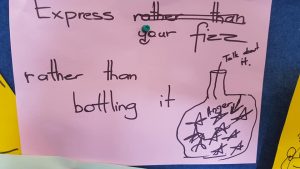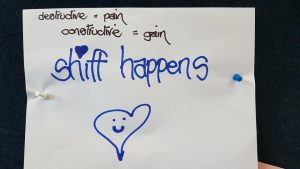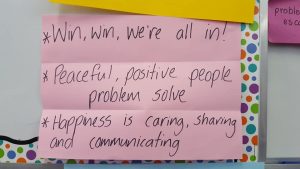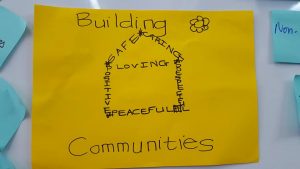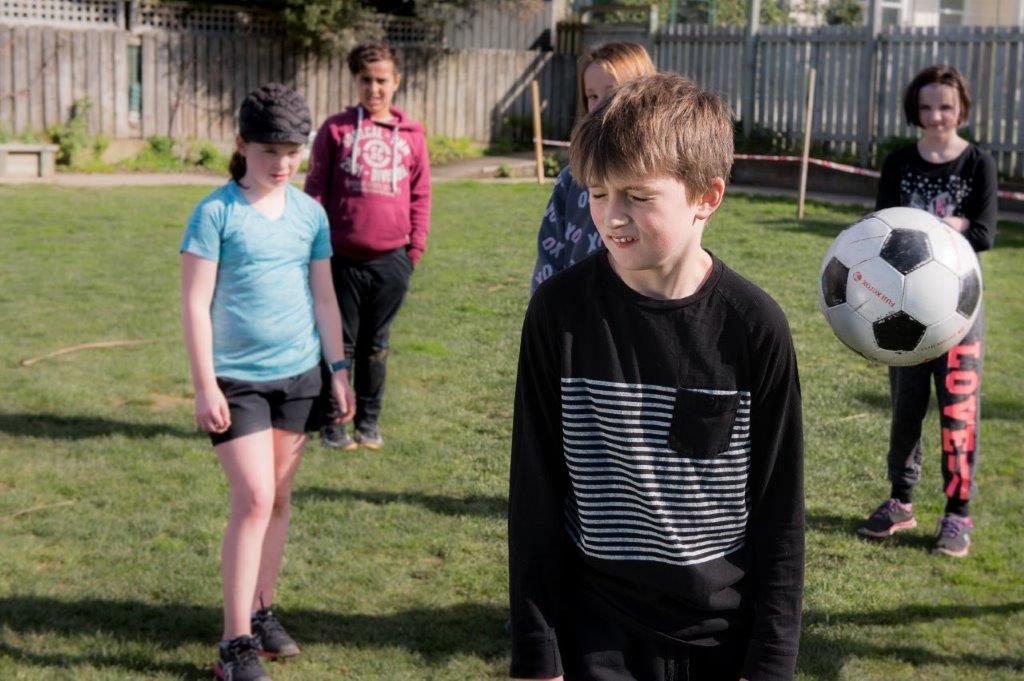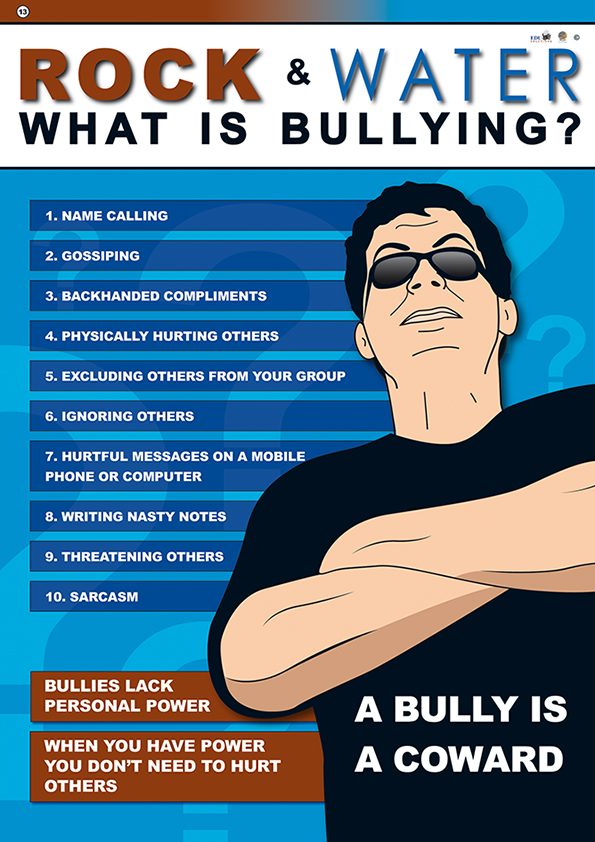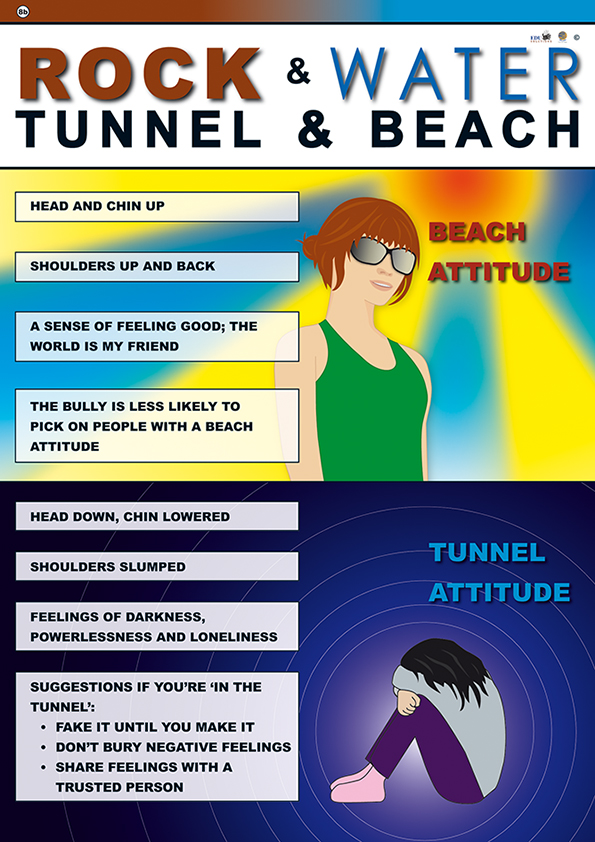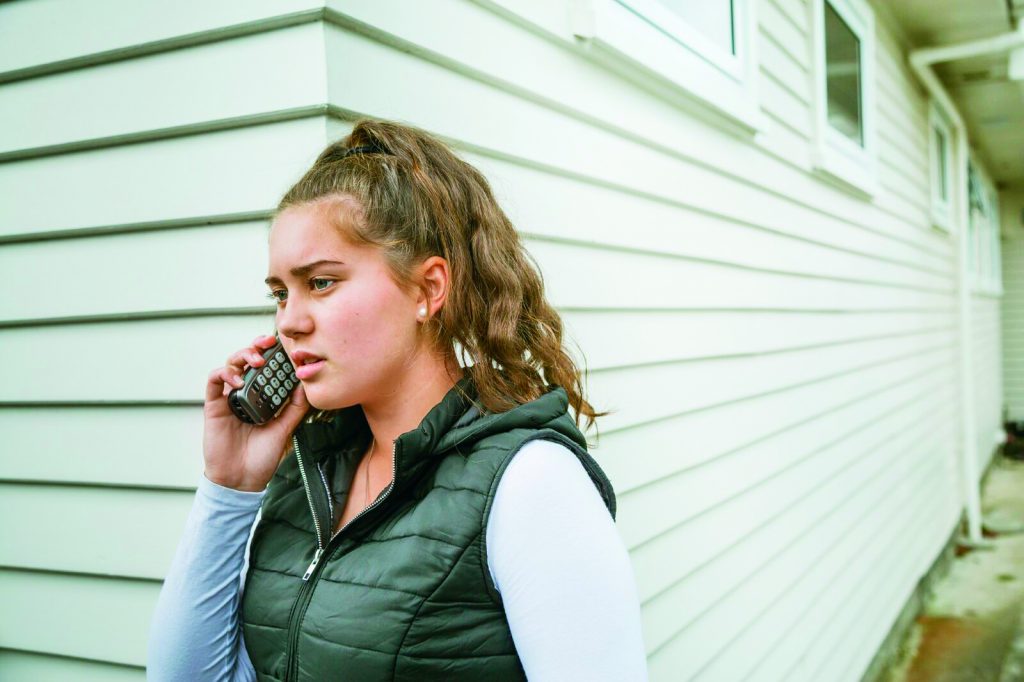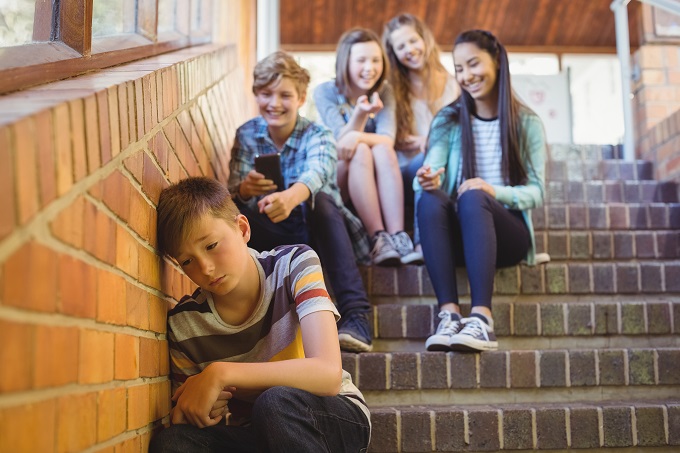
The horrific stats on New Zealand’s youth suicide rates indicate a strong link between suicidal ideation and bullying. It raises the question, what can we do?
For a start, talk about it. When we think about our incredible country, we focus on its beautiful seasons, landscapes and proud people, but there is a dark side to every light and we need to recognise that, as a community. Many New Zealanders struggle with suicidal ideation, especially our youth.
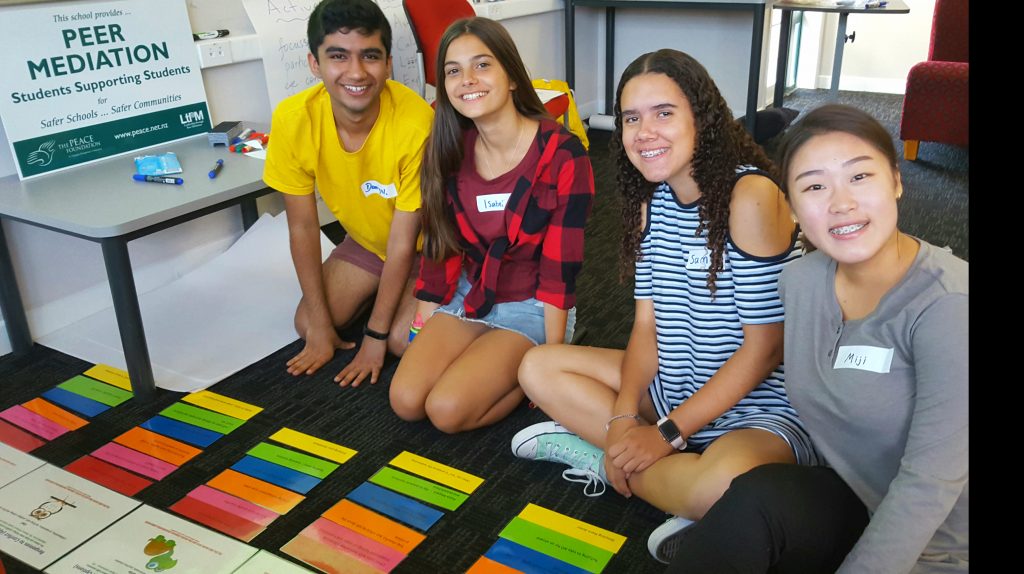
A recent Unicef report, as reported on by the BBC, uncovered shocking news that New Zealand has the highest youth suicide rate in the developed world.
Depressingly, it’s not the first time we topped a table: Unicef also found our youth suicide rate – in teenagers between 15 and 19 – is the highest of 41 OECD and EU countries.
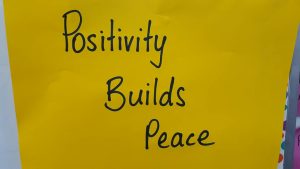
Deep breath… the bad news doesn’t stop there. New Zealand is the second-worst country (of 70 countries surveyed) for bullying in schools according to an OECD report. Twenty-six percent of 15-year-olds in New Zealand reported experiencing at least one of six bullying behaviours a few times a month.
So, we have some of the world’s highest records for youth suicide and bullying… Is there a correlation?
That is a complex issue: statistics also reveal that suicide rates are highest for young Maori and Pacific Islander men, and that poverty and family violence are also factors.

Bullying stands out as a persistent precursor to anxiety, low self-esteem, and a trigger for depression.
Occasionally, you hear the media talk about “a snowflake generation” because as long as there have been schools and students, there have been bullies, right? Sticks and stones can break your bones, but words can never hurt you, right?
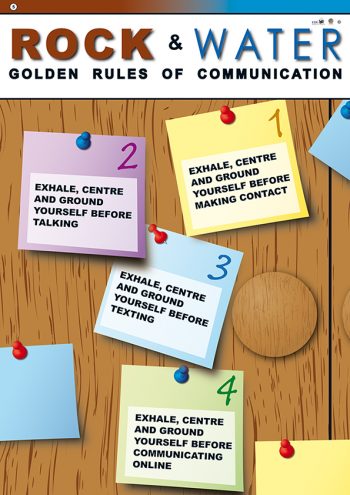
Wrong, according to school students. Who describe how “verbal mistreatment is the biggest bullying issue in schools”; that is, “higher than cyberbullying, social or relational bullying such as social exclusion and spreading gossip, or physical bullying”. These insights come from a long-running national statistics education project for primary and secondary school students, called CensusAtSchool/TataurangaKiTeKura.
Added to this miserable mix is the advent of cyberbullying: 31 percent of students who took part in the census agreed that cyberbullying was a problem at their school. This is something that didn’t exist for previous generations, and it all adds up to paint a nasty picture. One that we should recognise adults cannot fully relate to: schoolchildren now face types of humiliation online that did not exist five, 10 or 20 years ago. The internet has created a whole new genre of bullying, so how can schools get to the root of the issue and help students avoid becoming a statistic?
Our political leaders acknowledge that bullying on any medium has no place in New Zealand, but is the government doing enough? Anti-bullying is a message that has long been taught in schools, with students urged to say ‘no’ to bullying and not be bystanders but schools must do more. The message is clear that children, parents, and schools need an elevated level of backing from authorities, social media and the whole community (it takes a village) to create a next-level solution.
Some measures have already been introduced at a national level to specifically deal with cyberbullying but do these initiatives actually trickle down to the child in the playground? The launch of public campaigns certainly seek to galvanise communities, while hosting antibullying days at schools are a good way to keep kindness on the forefront of students’ minds.
BullyingFree.NZ is the latest initiative from the Bullying Prevention Advisory Group, which is a collaboration between different government agencies and organisations committed to reducing bullying in NZ schools. The website some of the experiences schools and students have shared as well as bullying prevention research, resources, and interactive tools. In May 2018 the theme was Let’s Talk About It!
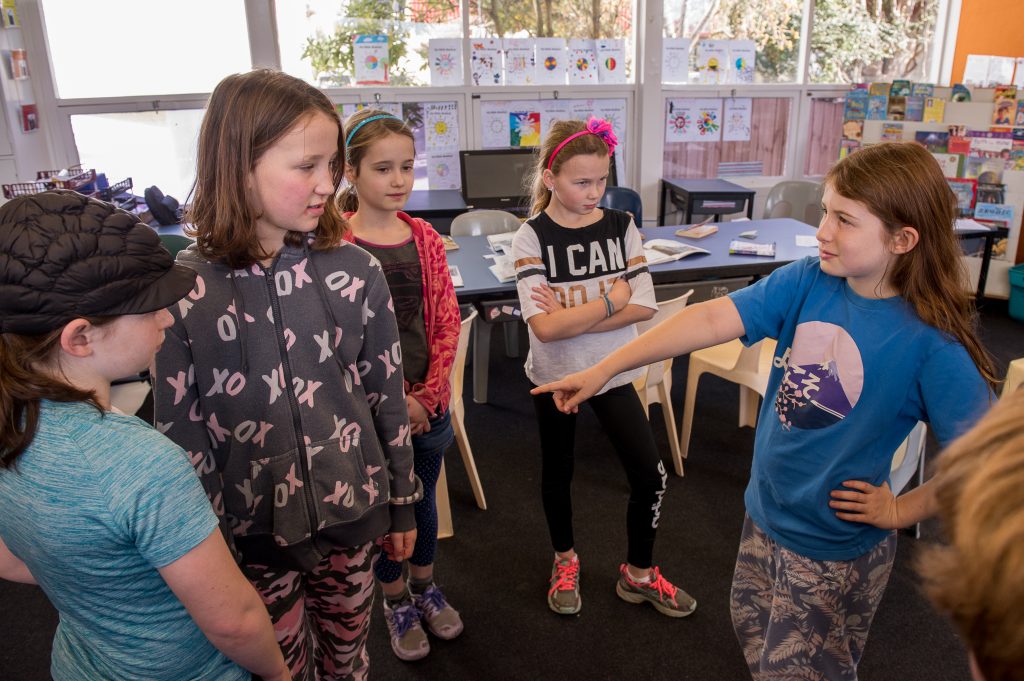
Talking is critical as a way to help children speak out about and against bullying, as well as understand what it looks like, where it comes from and learn how they can deal with the emotions involved. Talking, in general, is also a good way to build bonds amongst students. Lunchtimes can be scary for children with social anxiety or fears about bullying but if schools work on creating opportunities for socialisation amongst small groups of children during the day or outside school-hours this might be a way to help build a strong peer-group bond.
Most schools do have antibullying policies and procedures in place, with clear steps for teachers to follow if bullying does happen. But it can be difficult to spot in the early stages and know when to step in. Badly managed bullying behaviour impacts the whole school community and can have detrimental effects on health, wellbeing, and learning. Remember, both the target and initiator of bullying are at increased risk of tragic consequences and not all kids are vocal about the level of bullying they experience.
Antibullying strategies that have been shown to work include:
- a universal whole-school approach over a long duration
- an increased awareness of bullying in the school community through assemblies, focus days and student-owned plans and activities
- a whole-school detailed policy that addresses bullying
- effective classroom management and classroom rules
- the promotion of a positive school environment that provides safety, security and support for students and promotes positive relationships and student wellbeing
- consistent, non-hostile and non-punitive behaviour management methods.
- Encouraging students to respond negatively to bullying behaviour and support students who are bullied.
Strategies that have been proven less effective include:
- zero tolerance and ‘get tough’ suspensions and exclusions
- rigid control of student behaviour
- belief that students must receive punitive and negative consequences in all cases
- increased security measures
- unfair and inconsistent use of discipline
- punishment without support
Promoting fairness and respect for all students“My recommendation, as head of peace education at The Peace Foundation, Aotearoa/New Zealand, is that schools empower students with life skills so that they can listen to each other with empathy and communicate their needs effectively,” Christina Barruel told School News.
“Having a conflict resolution toolkit gives them more resilience at times when they are being challenged socially and emotionally. Students trained as peer mediators are ‘ambassadors of social justice’: student leaders/role models in the school community promoting fairness and respect for all students, watching out for harassment and bullying and helping students to get the support they may need.”
The Peace Foundation has funds to support schools. The funding pays for staff and student training, also providing resources for implementation. “Our programmes teachessential life skills for peaceful conflict resolution. The skills taught empower teachers and students to build positive, caring relationships with others especially in times of conflict.
“Teachers can refer students to mediation, which means they are relieved from ‘minor conflict stress’ and can enjoy their well-deserved breaks in peace. Peer mediators take responsibility for managing ‘small stuff’ conflict in the playground. When the ‘small stuff’ is resolved, it does not escalate into ‘big stuff’ that teachers deal with. Our programmes, when implemented effectively, can change the culture of the school. They align well with Positive Behaviour for Learning (PB4L) and restorative practices.”
Programme options for schools looking to eradicate bullying include the Cool Schools Peer Mediation Programme for primary schools (years 1 to 8),and Peaceful Conflict Resolution Skills for Leadership (years 9 to 13), as well as the Leadership through Peer Mediation Programme (LtPM) for secondary schools (years 11 to 13). |
The ongoing effort to be bullying-freeKiVa takes a whole school approach to reducing bullying, explains company spokeswoman Deidre Vercauteren.
“The preventative nature of KiVa makes so much sense to our schools, along with the fact that it’s been thoroughly piloted, evaluated and researched. And because it has positive results! “Once a school is registered, teachers undertake training and receive a teacher manual that includes a series of richly resourced lessons. The school’s KiVa team is trained to follow a no-nonsense process to address identified bullying incidents. Having a clear definition helps everyone. “Principals are telling us that they are saving time as a result of KiVa and some describe a change in how parents approach bullying.” According to Deidre, students’ understanding of what bullying is, and the consequences for both the victim and the bully, are targeted through KiVa. “Some students who have been displaying bullying behaviour have expressed gratitude for the chance they get to change their behaviour. “Through the lessons the victim gains confidence to talk about what is happening to them which of course means they can get support. A large part of KiVa centres on the peers, or bystanders, who through lack of action appear to support the bully/ies. They are given strategies and confidence to begin acting in support of the victim. “Schools need to be serious about making a difference. This is about the safety of our children. We’re really looking at a culture change, changing norms, and it takes commitment from the school. For consistency and continuity there needs to be a champion within the school who will keep the discussion going and check in with teachers that the classroom lessons are meeting goals. “Parents need to be kept informed and know clearly what is happening, why, and what their role is. Keeping parents informed via newsletters and websites is a successful approach for many schools. Change also takes time and everyone has a key part to play. In the same way that a school is smoke-free, we need to ensure our schools are bullying-free. It’s an ongoing effort.” |
Supporting students to make good choicesNZ Blue Light, with sponsorship from AA Insurance, is giving New Zealand schools and students the chance to win $1000 cash for their school by producing what they consider to be the best anti-bullying TV advertisement or social media clip.
“Frequent bullying is associated with a number of problems, including increased rates of mental health issues including self-harm and suicide, relationship difficulties, and an elevated risk of violence toward others. NZ Blue Light held a hui with a large group of young people and from this hui the National Anti-Bullying Campaign was developed.
“This year’s theme for primary school is ‘Verbal Bullying – Dude, that’s rude don’t bully!’, and the theme for intermediate and secondary school is ‘The Bystander – Strong people stand up for themselves, the strongest stand up for others’. “Bullying is widespread in New Zealand and has been shown to result in poor educational, social and emotional outcomes for our young people. The digital world has added a new dimension to bullying and we are only now just beginning to see the devastating effects online bullying can have on our young people.”
“This competition is seen as a vehicle for schools to talk openly about these issues and create a forum to support students in making good choices.” The competition closes September 28, 2018. |
Learning to be calm, self-aware and tolerantRobin Schofield, director and master instructor of Rock and Water New Zealand, told School News: “We specialise in whole-staff training, so that the Rock and Water can be developed across the school consistently, and it becomes just ‘what we do here’ rather than a ‘special’ programme.
“We describe the use of the ‘Rock and Water’ language, actions and ethos as a sauce for the curriculum that schools already provide – it can be integrated easily with restorative practices, PB4L goals and values etc, to add flavour and real meaning. “Teachers benefit from the skills developed in the workshops, in their practice and in their private lives. Rock and Water is for everyone. There are always times when we might be under pressure and, as a result, our interactions and relationships may be affected. Learning to be calm, self-aware, reflective, tolerant and confident are skills we all require in everyday life. “The superb manuals provided with the workshops, and the various resources available, enable time-pressured professionals to deliver Rock and Water effectively with minimal preparation.” Robin explained: “To deal effectively with bullying we need to build awareness – of ourselves, our feelings and attitudes; and for those of others. We also need to build strong communication skills – to learn to be assertive, clear and able to stand strong. As self-awareness and self-confidence grows, then we are more able to tolerate others, to empathise with others, and consequently more able to really connect with those around us. “Rock and Water helps both the bullies and the bullied (often one and the same) by building self-confidence and connections, solidarity and ultimately spirituality. This learning path needs to be fun and active. We live in our bodies and we learn through activity, so playing games and working together is crucial for us to learn about ourselves and those around us.”
|
Bullying is never okBarnardos 0800 WHAT’S UP is a free, nationally-available counselling helpline and web–chat service for children and teenagers. It is run by trained counsellors from early afternoon to 10pm, 365 days a year. They help callers find their own solutions to their problems, equipping them with the tools they need to deal with situations now and in the future
What’s Up counsellors are trained in child-centered practice and empowerment and use these principles on the phones and online chat. They deal with a range of issues from loneliness to suicide. Bullying is also big issue for many of many callers. Last year, What’s Up counsellors answered 649 calls and online chats from young people who specifically wanted to talk about bullying. “Our youngest caller was just five years old. “We remind kids that being an individual or ‘different’ isn’t the problem – the problem is with the person who is doing the bullying. Bullying can leave them feeling hurt, threatened, put down, or excluded, and it can cause lasting damage,” says one of the What’s Up counsellors. “When a child is being bullied, they may think they are the only one experiencing this behaviour but a bully may also be mean to others as well. If a child knows that others are being bullied too, then we encourage them to report this behaviour as a group. This means that they are less likely to be held responsible if the bully is confronted about his behaviour and, who knows, they might even make some new friends.” Children who are being bullied usually call about verbal assaults but there are cases of physical contact and technology based harassment. Over half of the children calling in told us that the bullying was frequent or continual. Calls are confidential unless the caller is at risk to themselves or someone else. When a child or young person talks about being bullied at school, we recommend checking:
Let them know they can call 0800 WHAT’S UP (0800 942 8787) and chat anonymously to one of our friendly counsellors and discuss anything they want. |

